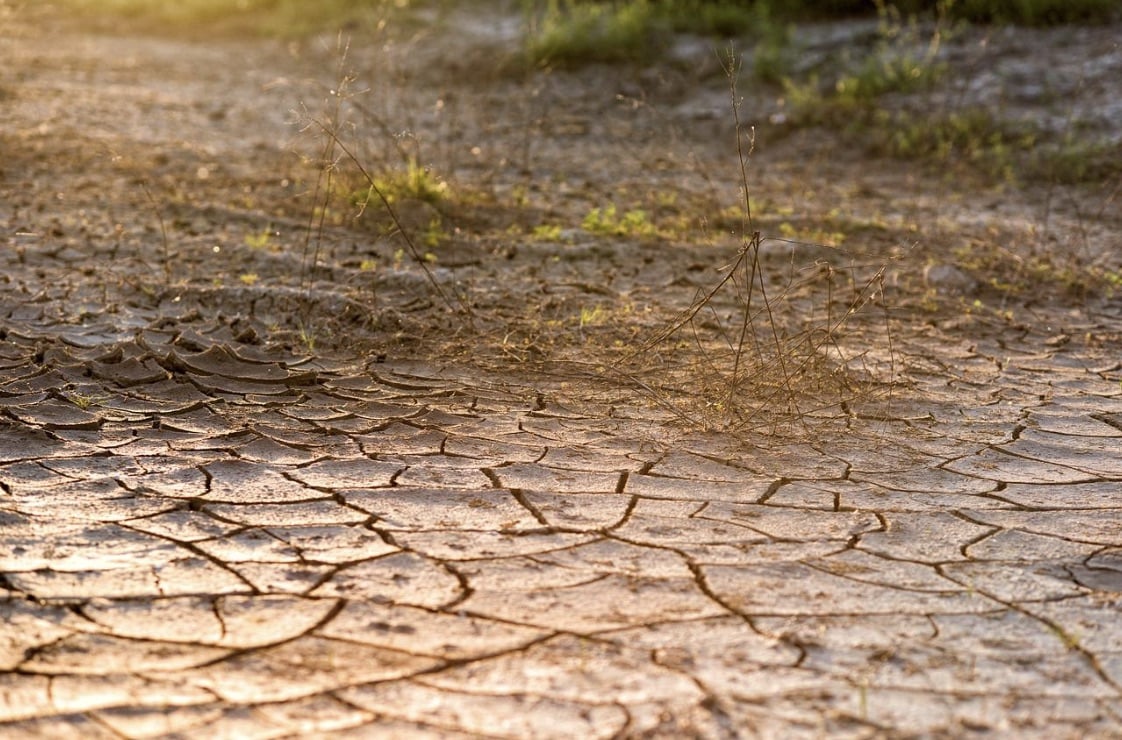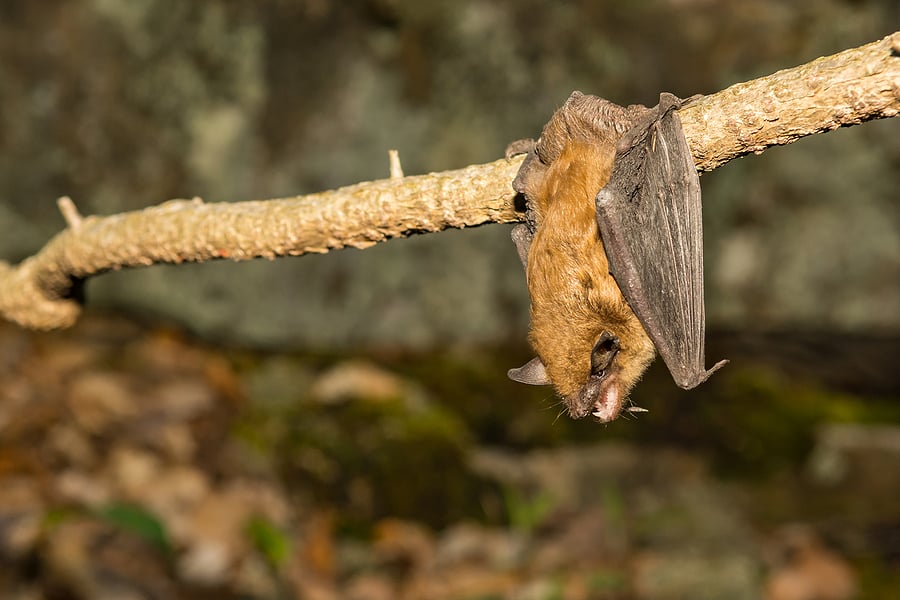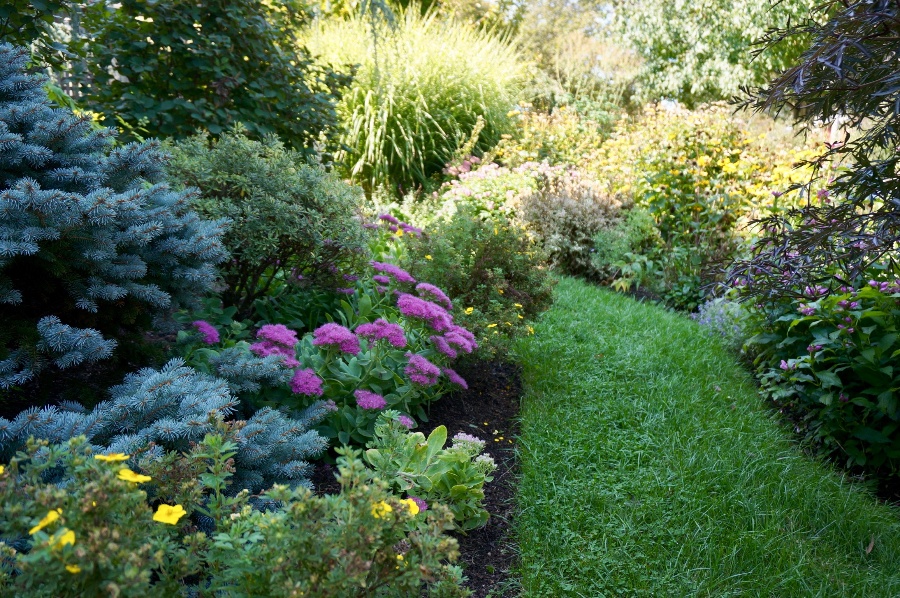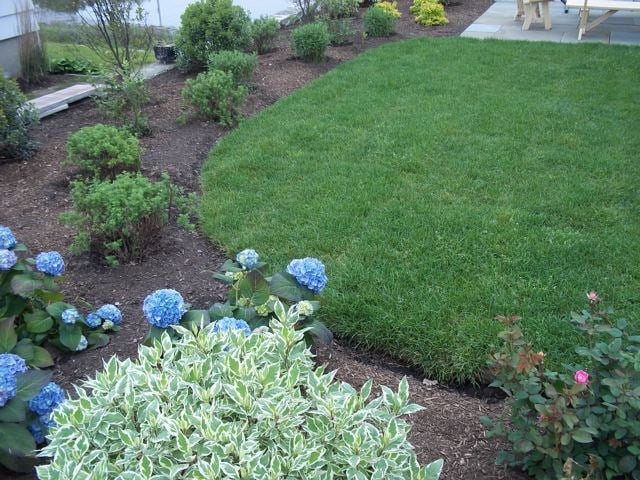Truly successful landscaping starts with sustainability, which is built on a foundation of ecology -- really just a fancy word for the relationship of all organisms to each other and their surroundings. By understanding how each element of an environment is in balance with all the others, we can learn how to create beautiful and harmonious landscape designs that can thrive with minimal interference. That’s sustainable landscaping in a nutshell.
It would be hard to overestimate the benefits of sustainable landscaping:
- Reduced water usage
- Minimal use of fertilizers and pesticides
- Energy conservation
- Lower overall costs
- Fewer resources needed
- Less maintenance
- Healthier environment

Sustainable landscaping: Going with the flow
Sustainable landscaping not only makes more sense, it uses less resources. Once established, it’s easier to go with the flow, letting Mother Nature take over in large part, gently watering the landscape with rain, bathing it in sunshine, and replenishing soil nutrition with natural materials.
Sustainable landscaping starts with embracing the concept of plant communities. These are groups of plants sharing a common environment that interact with each other, with animal populations, and with the physical environment.
Here in Massachusetts there are three main categories of plant communities:
-
- Terrestrial communities that are not significantly impacted by standing or moving water, like forests and grasslands.
- Palustrine areas that are shaped by the presence of fresh water, including wetlands, pond shores, and river floodplains.
- Estuarine environments where salt water mixes with fresh water, from shorelines to tidal shrublands and salt marshes.
If you’re a homeowner looking to improve your landscape and add beauty to your property, you can use these three categories to help you select the right plants for your landscape design. Planting in layers helps create natural progressions, from low ground cover to treetop canopies, creating a natural and harmonious ecosystem that provides each layer of plants with plenty of room to grow and thrive. Ground covers serve several useful purposes – they not only add low-growing texture and color, they crowd out weeds for less backbreaking maintenance work.
A greater use of native plants has benefits beyond just their natural beauty – they attract pollinators to support the plant community, including fruit and vegetable plants that provide a source of local, healthy food. They also contribute to a healthier environment that minimizes the use of harmful man made chemicals.

Sustainability audit vs. landscape site analysis
Traditional landscape design called for a site analysis that factored in things such as lot geography and size, number of structures and their size and placement, local regulations, and potential hazards. A close look at the site ecology was not always on the list and often important factors such as existing natural resources and the ability of certain plants to grow and thrive were overlooked.
Today, the concept of the sustainability audit is growing in popularity. This type of site analysis takes a much closer look at the environment and the natural elements in the site, which is why at Moodscapes we use this type of audit for all of our landscaping projects:
-
- sun orientation
- shade
- soil type(s), fertility and overall quality
- wind strength & flow
- terrain
- available water
- seasonal temperatures & precipitation
Armed with a deeper understanding of your property’s unique environment based on plant communities and the environmental characteristics that support them, you’re now able to launch into a sustainable landscaping design that promises to yield much better results.

Soil is everything
Sustainable landscaping is built literally from the ground up. Soil becomes the primary consideration and the catalyst for everything: plant selection, location, and nutrition; moisture requirements.
It begins with decompacting and building up the soil with nutrients and organic matter to eliminate compaction gradually. You don’t just till it to death because that will hurt the soil structure (unless it’s a heavy equipment-compacted construction site). Soil intervention should be natural and organic as much as possible. You cannot create good soil solely with manmade chemical products. Instead, you want to boost the use of natural fertilizer sources such as local organic matter compost to slowly and sustainably build up the soil.
While this may take a little more time and effort in the beginning, the payoff is huge. The soil – and the landscape in general – require much less maintenance over time while nurturing healthier, longer-lasting plants that require less watering.
What sustainable landscaping is all about
Sustainable landscaping means “do no harm to the earth” and make it better than when you started, while staying true to the natural surroundings. We need to nurture the landscape – it’s not only good for people, plants and animals, it’s good for the world. It's organic gardening at its core.
If you’d like to learn more about sustainable landscaping and a strategy for creating tranquil spaces in which to spend time with nature – what we call Moodscapes – contact us today.

























